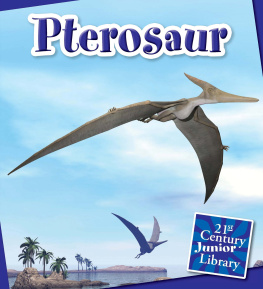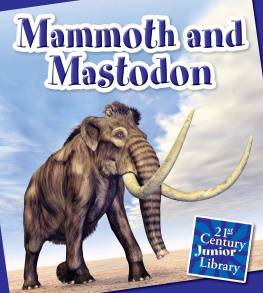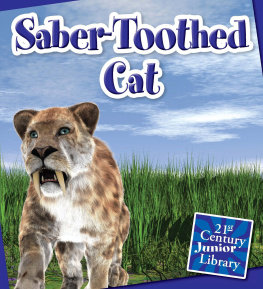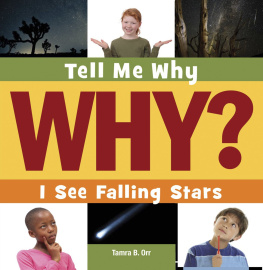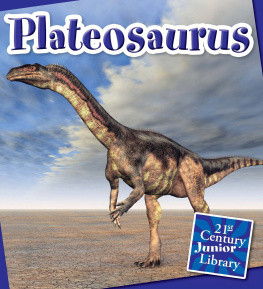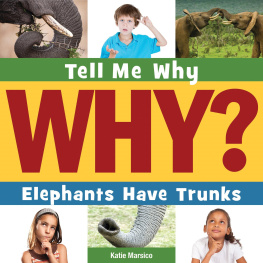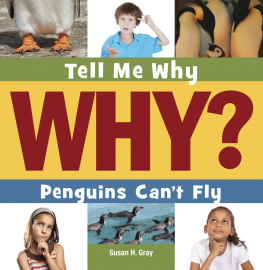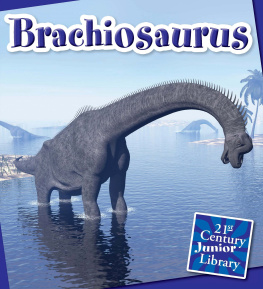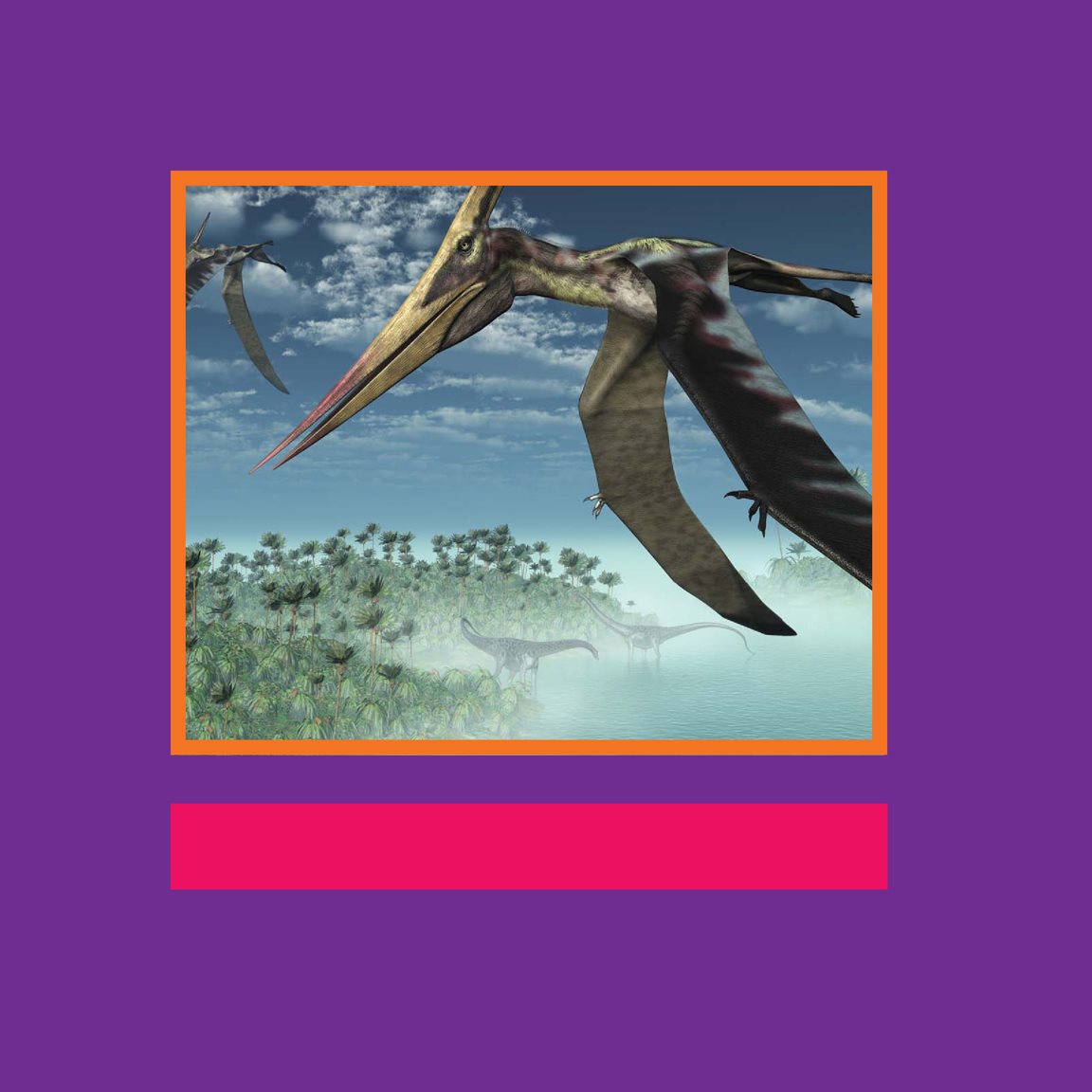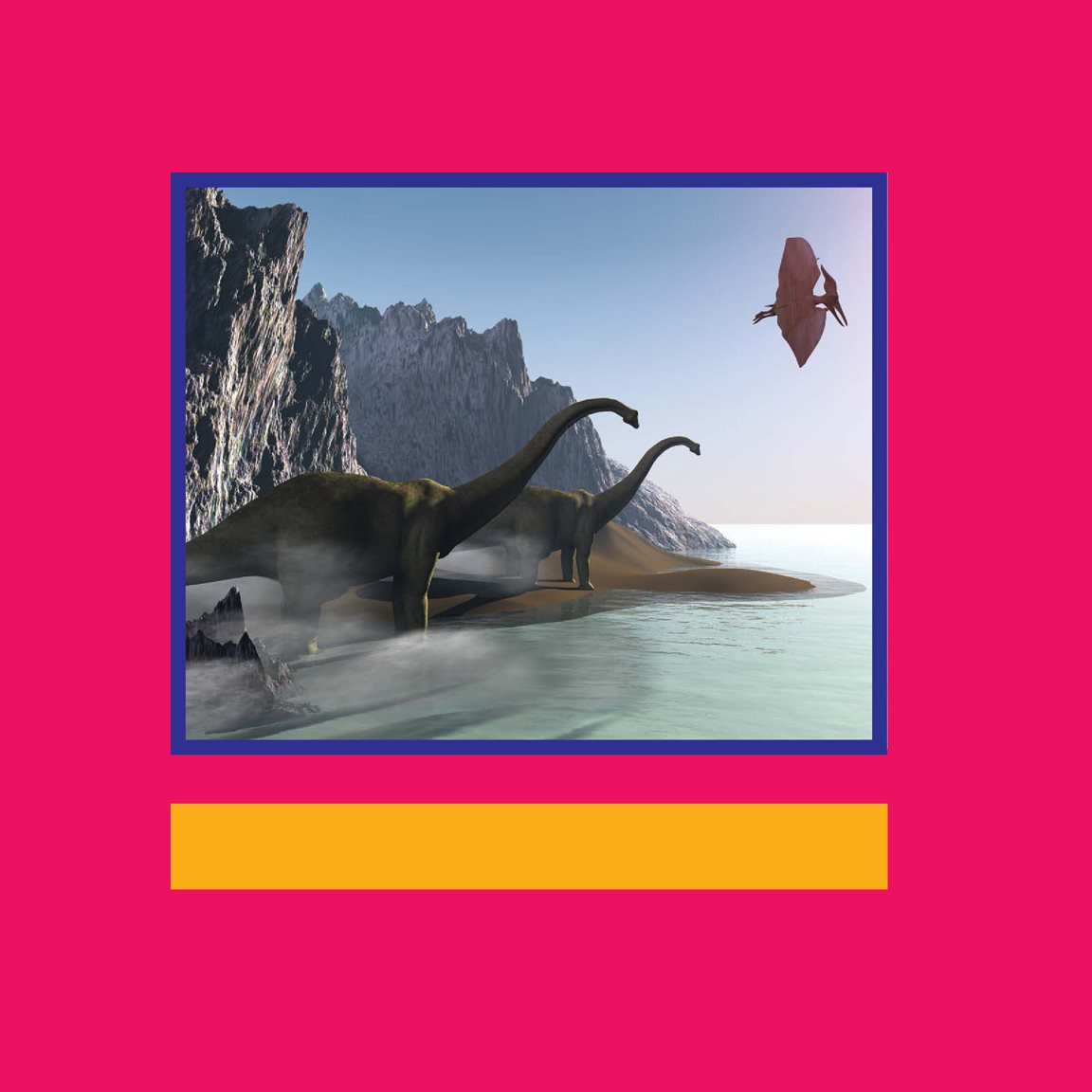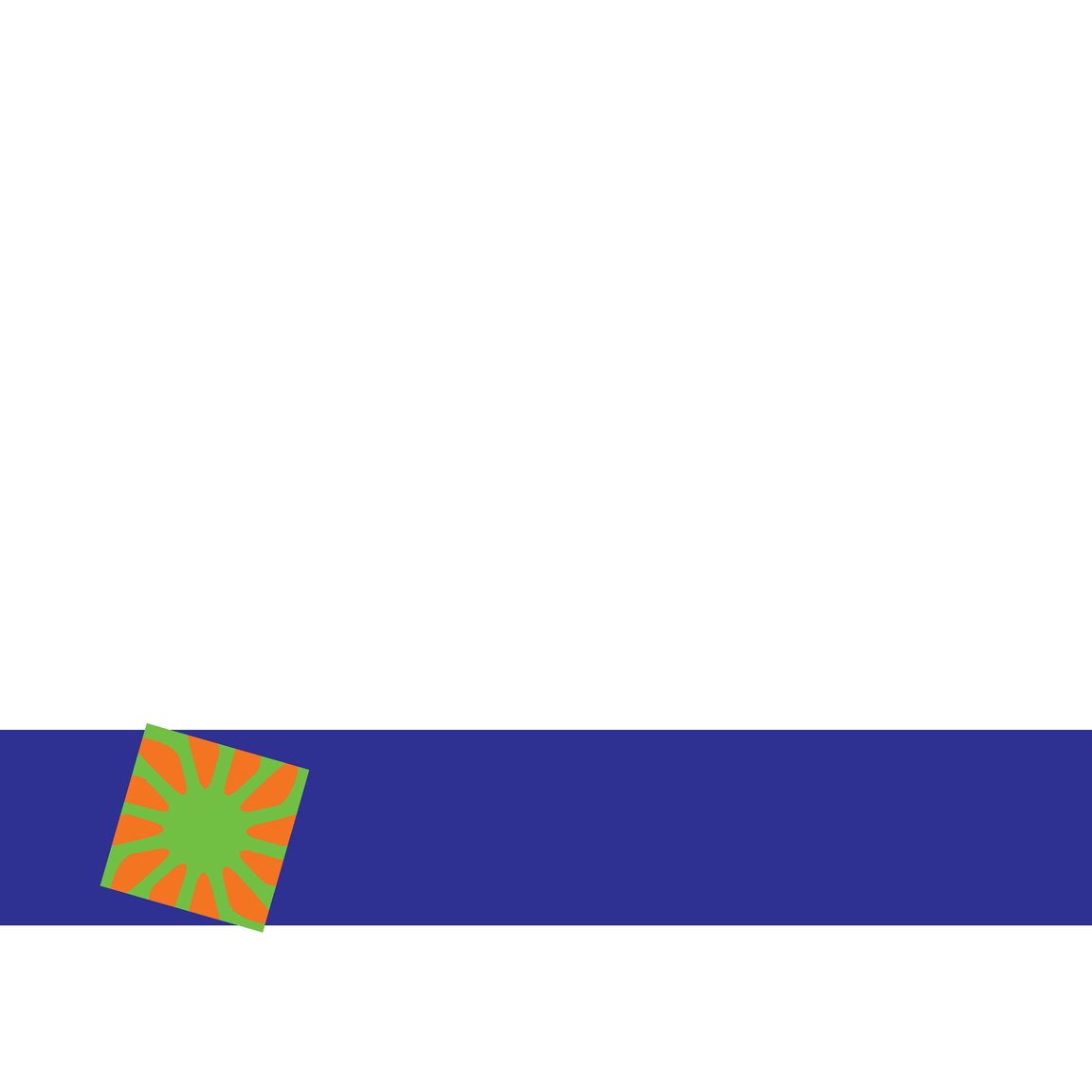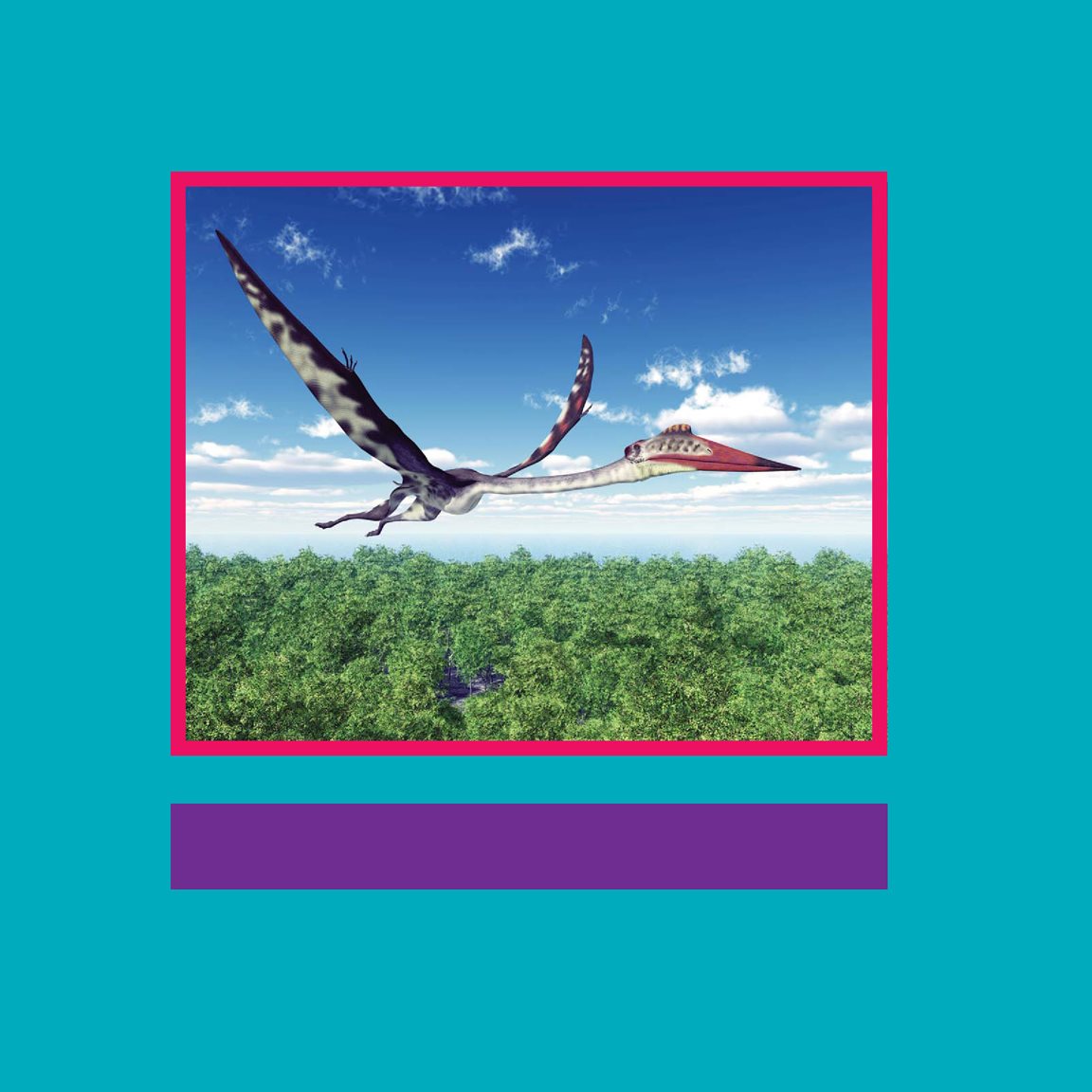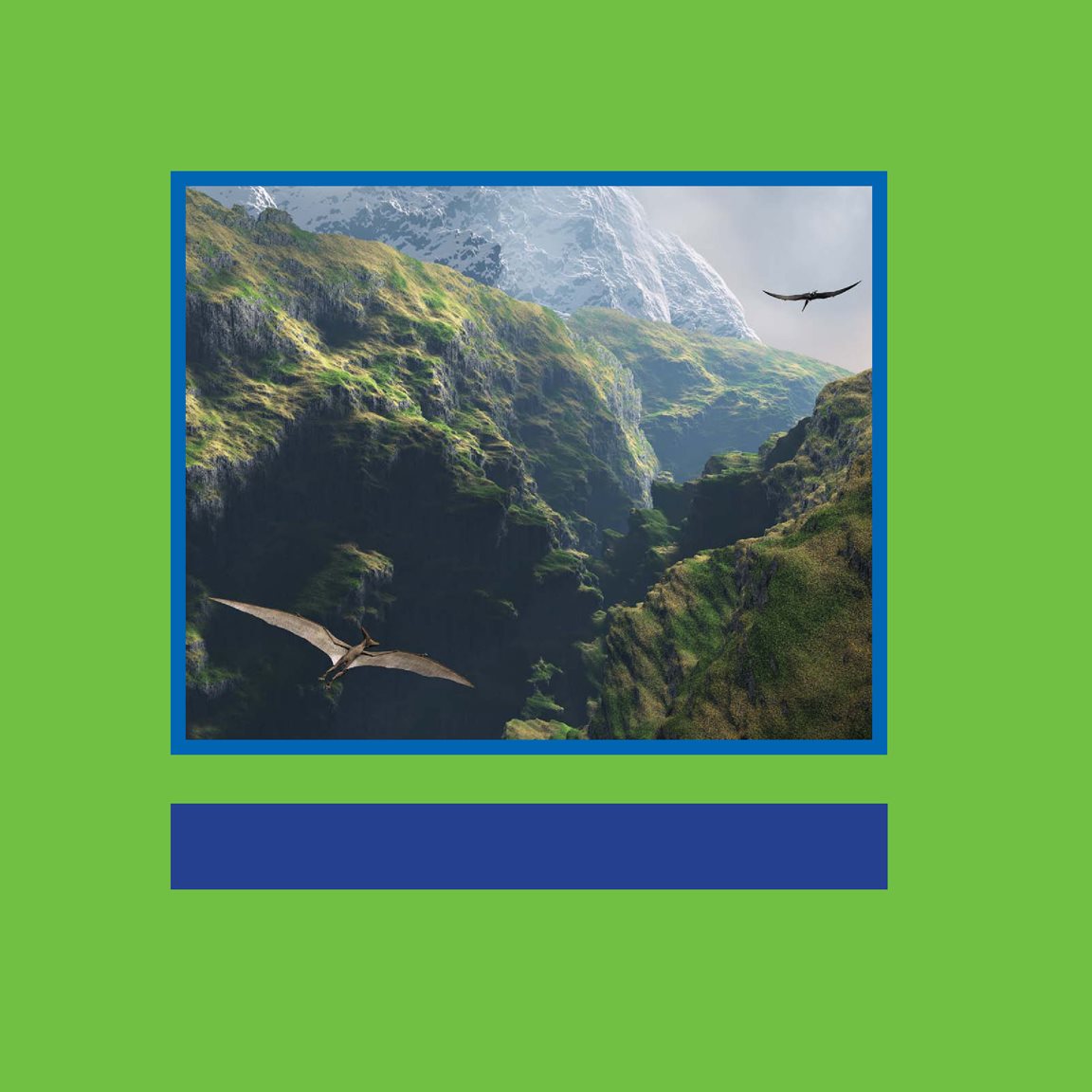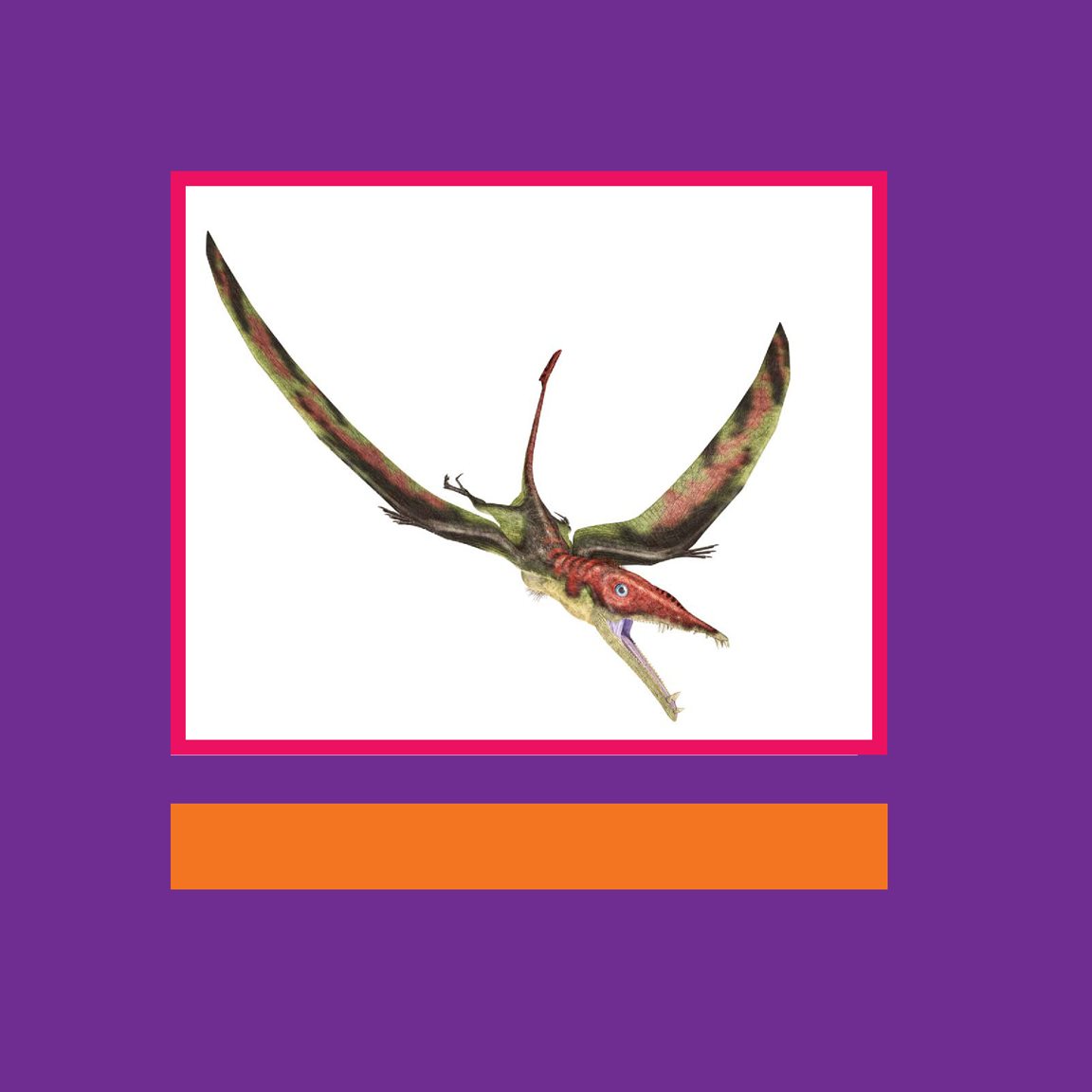Table of Contents
Guide
Published in the United States of America by Cherry Lake Publishing
Ann Arbor, Michigan
www.cherrylakepublishing.com
Content Adviser: Gregory M. Erickson, PhD, Paleontologist, Department of Biological Science,
Florida State University, Tallahassee, Florida
Reading Adviser: Marla Conn, Read With Me Now
Photo Credits: Cover and page 8, Elenarts/Shutterstock.com; pages 4 and 10, Linda Bucklin/
Shutterstock.com; page 6, Catmando/Shutterstock.com; page 12, Michael Rosskothen/
Shutterstock.com; page 14, Photobank gallery/Shutterstock.com; page 16, leonello calvetti/
Shutterstock.com; page 18, Ozja/Shutterstock.com; page 20, Natural Visions/Alamy.
Copyright 2016 by Cherry Lake Publishing
All rights reserved. No part of this book may be reproduced or utilized in any
form or by any means without written permission from the publisher.
Library of Congress Cataloging-in-Publication Data
Zeiger, Jennifer, author.
Pterosaur / by Jennifer Zeiger.
pages cm.(Dinosaurs) (21st century junior library)
Summary: Learn all about the ancient animals known as Pterosaurs, from where they lived to how
they hunted for food.Provided by publisher.
Audience: K to grade 3
Includes bibliographical references and index.
ISBN 978-1-63362-385-9 (lib. bdg.)ISBN 978-1-63362-413-9 (pbk.)
ISBN 978-1-63362-441-2 (pdf)ISBN 978-1-63362-469-6 (e-book)
1. PterosauriaJuvenile literature. I. Title.
QE862.P7Z45 2016
567.918dc23
ISBN 978-1-68444-519-6 (e-book) 2014045658
Cherry Lake Publishing would like to acknowledge the work of
The Partnership for 21st Century Skills.
Please visit www.p21.org for more information.
Printed in the United States of America
Corporate Graphics
July 2015
Synchred Read-Along Version by:
Triangle Interactive LLC
PO Box 573
Prior Lake, MN 55372
contents
A pterosaur flies through the sky, looking for food.
What Was a
Pterosaur?
A n animal soars high over the heads
of dinosaurs. Its long wings flap once.
It glides out over the ocean. Suddenly,
it swoops down! The animals long beak
reaches into the water. It comes up holding
a flapping fish. Is this hunter a bird?
A dinosaur? Nope. Its a pterosaur!
Giant sauropod dinosaurs, such as the titanosaur,
lived at the same time as pterosaurs.
Pterosaurs were flying reptiles . They
were not dinosaurs. But they were around at
the same time as dinosaurs. Pterosaurs lived
between million and million years
ago. They were found around the world.
You will not see any living pterosaurs now,
though. They are extinct .
Look!
Look at a picture of a pterosaur. Then look up pictures
of reptiles that live today. You can find images in books
or online. What does a pterosaur have in common with
todays reptiles? How is it different?
This pterosaur has a long, pointed crest
on its head.
What Did a Pterosaur
Look Like?
M ost pterosaurs had short bodies.
They had long necks and beaks. Many had
head crests . Some pterosaurs had tails.
Others had no tail at all. Their back legs
were long and thin like a birds. Their feet
had sharp, curved claws. Pterosaurs had no
feathers. Some had something similar to hair.
This may have kept them warm.
Pterosaur means winged lizard.
A pterosaurs wings looked like bat
wings. They had bare skin. One part of
each wing connected to the reptiles body.
The other part stretched along the arm to the
tip of a very long finger. When a pterosaur
stuck its arms out, its wings stretched out.
Make a
Guess!
Pterosaurs needed strong arms. Can you guess why?
To help you figure it out, try moving. Stick your arms
straight out to the sides. How long can you hold them
up? Now flap your arms. Are you getting tired?
The largest pterosaurs were larger than any of
todays birds.
Different kinds of pterosaurs were
different sizes. Some were as small as
sparrows. Others were much bigger. The
largest had wings that stretched more than
feet (11 meters) across. It was the largest
flying animal ever.
When gliding, a pterosaur would not flap its
wings much.
How Did a
Pterosaur Live?
E xperts think small pterosaurs flapped
their wings to fly. Bigger pterosaurs usually
glided. On land, pterosaurs probably
walked on all four feet.
An animal must be lightweight to fly. Bones
are heavy. Todays birds have light, hollow
bones. Pterosaurs also had hollow bones. They
were about as thick as a few pages of paper!
Sharp teeth helped some pterosaurs catch prey.

